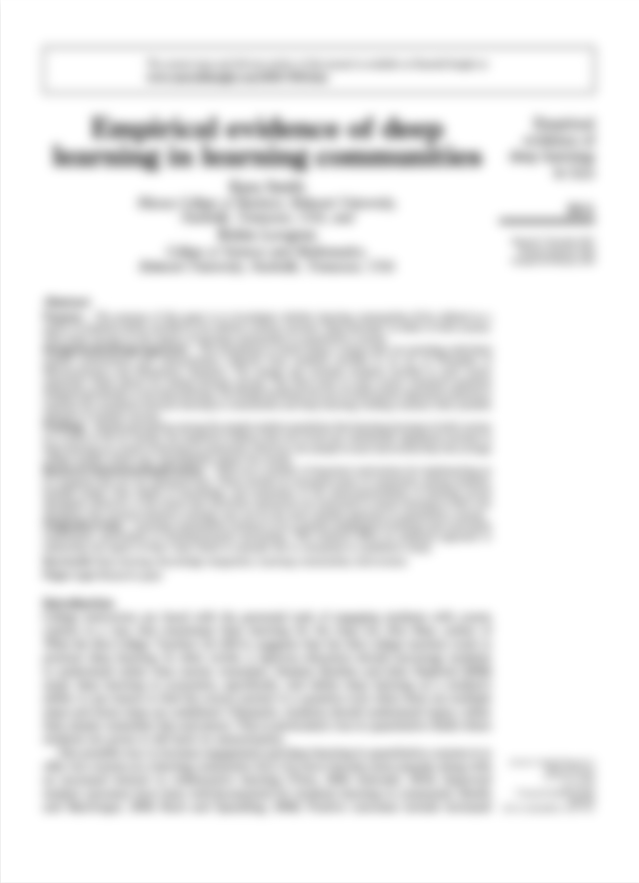York's Homer, Triple Enables Tigers To Win: Hal Newhouser Hurls Six-Hitter for 5-to-3 Victory.
The Atlanta Constitution (1881-1945); Atlanta, Ga.. 03 May 1940: 23.
You might have access to the full article...
Try and log in through your library or institution to see if they have access to the full text.






